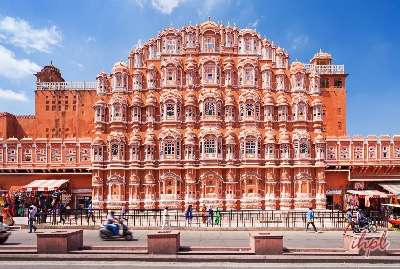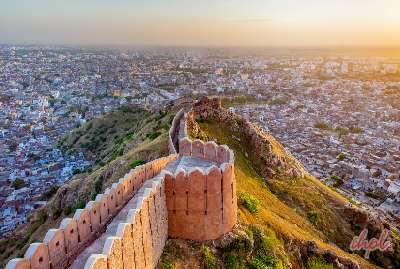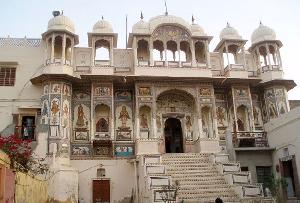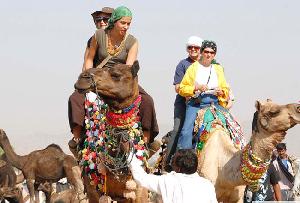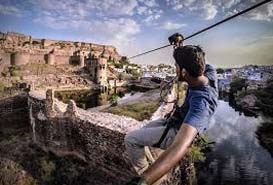Winter (December – March): Ideal Season
Temperature Range: 10°C to 25°C (January can drop to -2°C in some areas) Winter stands as the best season to visit Rajasthan. With pleasantly cool days and crisp nights, these months offer perfect conditions for exploring the state’s architectural wonders and cultural heritage. The comfortable temperatures allow for extensive sightseeing without the discomfort of extreme heat.Best Winter Destinations:
- Bharatpur Bird Sanctuary – Prime time for migratory birds
- Ranthambore National Park – Ideal for wildlife spotting and tiger safaris
- Pushkar – Pleasant weather for exploring sacred lakes and temples
- Jaipur – Perfect conditions for fort visits and city tours
- Jaisalmer – Excellent time for desert experiences and camping
Summer (April – June): Challenging Heat
Temperature Range: 32°C to 45°C (can reach 49°C in desert regions) Summer in Rajasthan brings intense heat, particularly in the desert areas. Daytime temperatures often soar above 40°C, making outdoor exploration challenging. Interestingly, temperatures drop considerably at night, offering some relief.Exceptions for Summer Travel:
- Mount Abu – Rajasthan’s only hill station maintains a pleasant climate
- Udaipur – Lake city remains relatively comfortable
- Indoor attractions – Museums, palaces with good ventilation
If visiting during summer, plan activities in early mornings or evenings, stay hydrated, and focus on indoor attractions during peak heat hours.
Explore 16 days Rajasthan Luxury Tour Package with Villas, 10 days golden triangle tour package with Shimla
Monsoon (July – September): Green Transformation
Temperature Range: 29.5°C to 37.7°C with high humidity The southwest monsoon arrives in Rajasthan by late June and continues until mid-September. While rainfall is not as heavy as in other parts of India, the state receives approximately 90% of its annual precipitation during July and August. The rainfall transforms the arid landscape, bringing surprising greenery to the desert state. However, high humidity, especially in August, can make traveling somewhat uncomfortable.Monsoon Travel Considerations:
- Eastern Rajasthan receives more rainfall than western regions
- Potential disruptions to travel plans due to occasional flooding
- Lush landscapes offer unique photography opportunities
- Teej and Gangaur festivals celebrate the monsoon season
Post-Monsoon (October – November): Second-Best Time
Temperature Range: 18°C to 30°C The post-monsoon period offers another excellent window for Rajasthan travel. With the rain’s departure, the weather becomes pleasantly warm during the day and comfortably cool at night. This season combines the advantages of reduced tourist crowds compared to winter, while maintaining favorable weather conditions. The landscape remains relatively green from the monsoon, creating beautiful backdrops for photography.Post-Monsoon Highlights:
- Diwali celebrations (October/November) add festive charm
- Pushkar Camel Fair (November) – One of Rajasthan’s most famous festivals
- Clear skies perfect for architectural photography
Planning Your Rajasthan Visit
With 34 years of expertise, Indian Holiday offers customized tour packages and trusted local support to help you experience Rajasthan at its best. Our specialized knowledge ensures you visit each destination during its optimal season. Still wondering why choose Indian Holiday?- Why Choose a Travel Company Over an Online Booking Agent?
- Is It Expensive To Book Through A Travel Company?
For the most comfortable experience with optimal sightseeing conditions, plan your visit during winter (December-March) or post-monsoon (October-November) to fully appreciate the grandeur of Rajasthan without weather-related limitations.
Check out Rajasthan Tour Packages, Pushkar Tour Packages, Udaipur Tour Packages, Jodhpur Tour Packages, Jaisalmer Desert Safari Tour Packages




